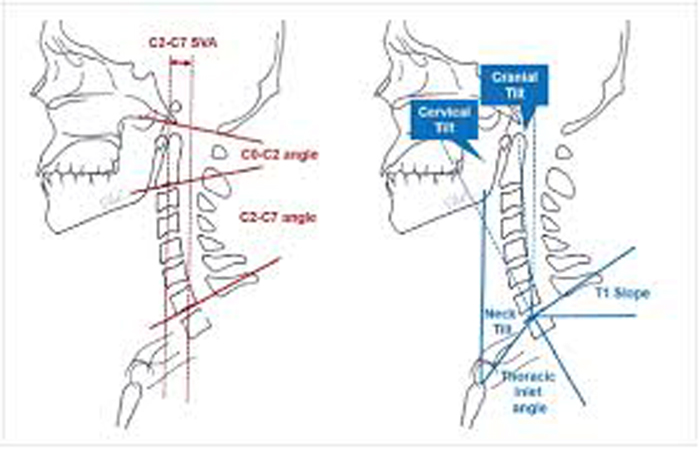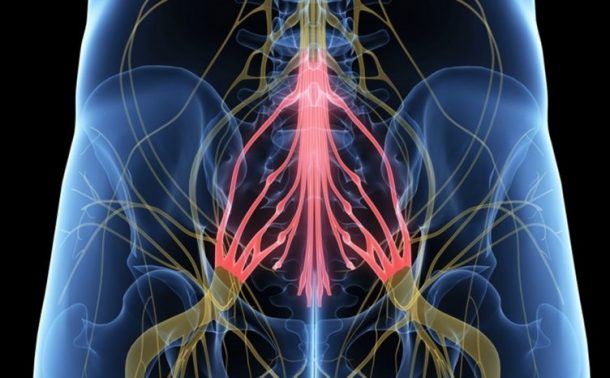Demonstration of Autonomic Nervous Function and Cervical Sensorimotor Control After Cervical Lordosis Rehabilitation: A Randomized Controlled Trial
Demonstration of Autonomic Nervous Function and Cervical Sensorimotor Control After Cervical Lordosis Rehabilitation: A Randomized Controlled Trial
SOURCE: J Athl Train 2021 (Apr 1); 56 (4): 427–436
| OPEN ACCESS |
Ibrahim Moustafa • Ahmed S A Youssef • Amal Ahbouch • Deed Harrison
Department of Physiotherapy,
University of Sharjah,
United Arab Emirates.

Thanks to Charles Blum, DC, CSCP
Context: Sagittal-plane cervical spine alignment has emerged as one of the most important clinical outcomes in health care. Nevertheless, the quantity and quality of research on the role that cervical sagittal alignment plays in improving sensorimotor and autonomic nervous functions are limited.
Objective: To investigate the immediate and long-term effects of cervical lordosis restoration and correction of anterior head translation (AHT) on pain, disability, autonomic nervous system function, and cervical sensorimotor control in athletes with chronic nonspecific neck pain.
Design: Randomized controlled clinical trial.
Setting: University research laboratory.
Patients or other participants : A total of 110 patients (59 males, 51 females) with chronic nonspecific neck pain and a defined hypolordotic cervical spine and AHT posture.
Intervention(s): Patients were randomly assigned to the control or intervention group. Both groups received a multimodal program; the intervention group also received Denneroll cervical traction. Treatments were applied 3 times per week for 10 weeks.
Main outcome measure(s): Outcome measures were cervical lordosis from C2 to C7, AHT, neck disability index, pain intensity, smooth-pursuit neck-torsion test, overall stability index, left- and right-rotation head repositioning accuracy, and amplitude and latency of skin sympathetic response. The measures were assessed 3 times: at baseline, after 10 weeks of treatment, and at 1-year follow-up.
Results: The general linear model with repeated measures indicated group × time effects in favor of the intervention group for the following management outcomes: cervical lordosis, AHT, neck disability index, pain intensity, smooth-pursuit neck-torsion test, overall
Conclusions: Restoration of cervical sagittal alignment in the athletic population had a direct influence on pain, disability, autonomic nervous system dysfunction, and sensorimotor control. Our results should guide treatment planning for athletes and optimize their recovery time.
There is more like this @ our
SPINAL ALLIGNMENT Section and the









